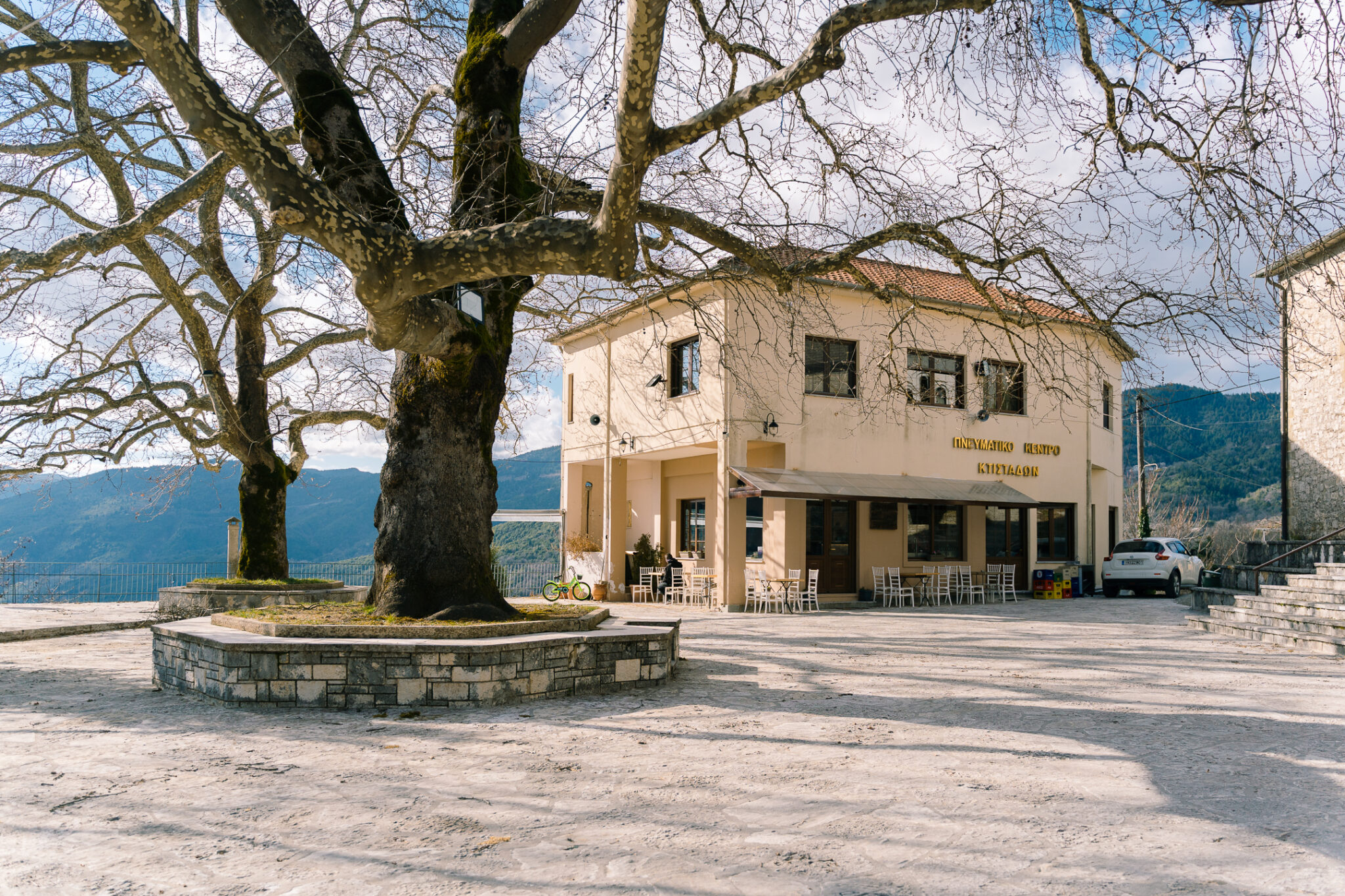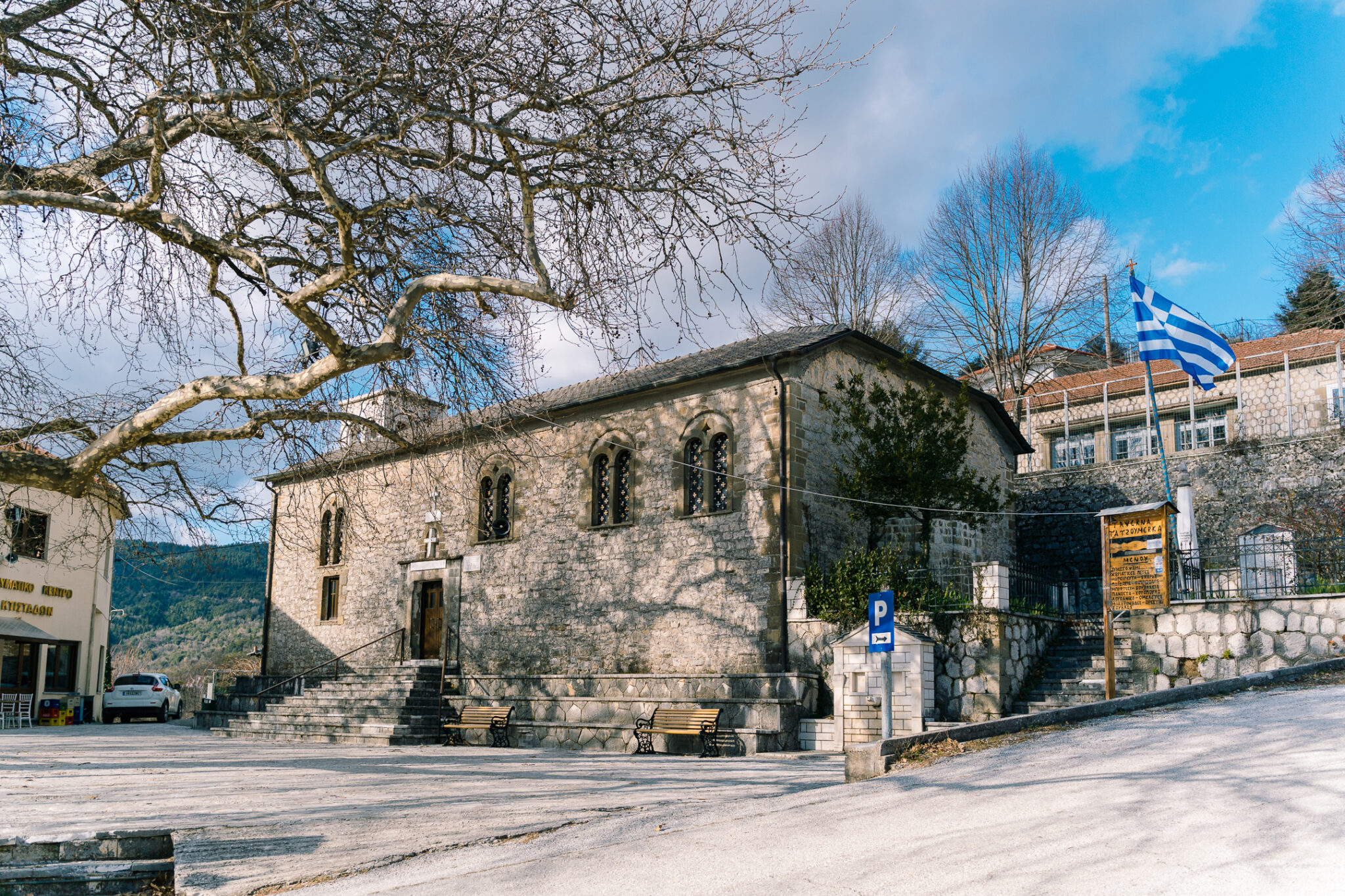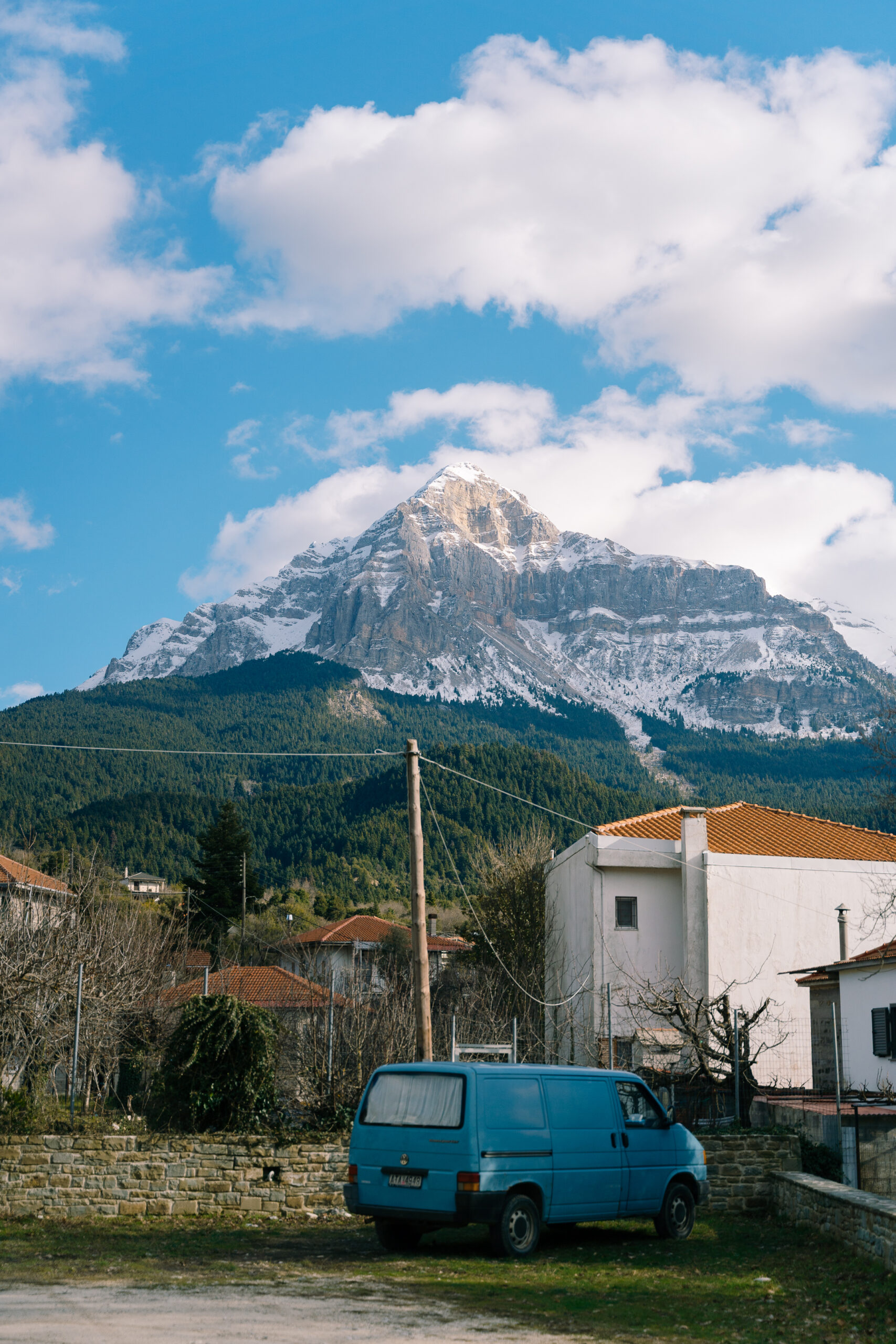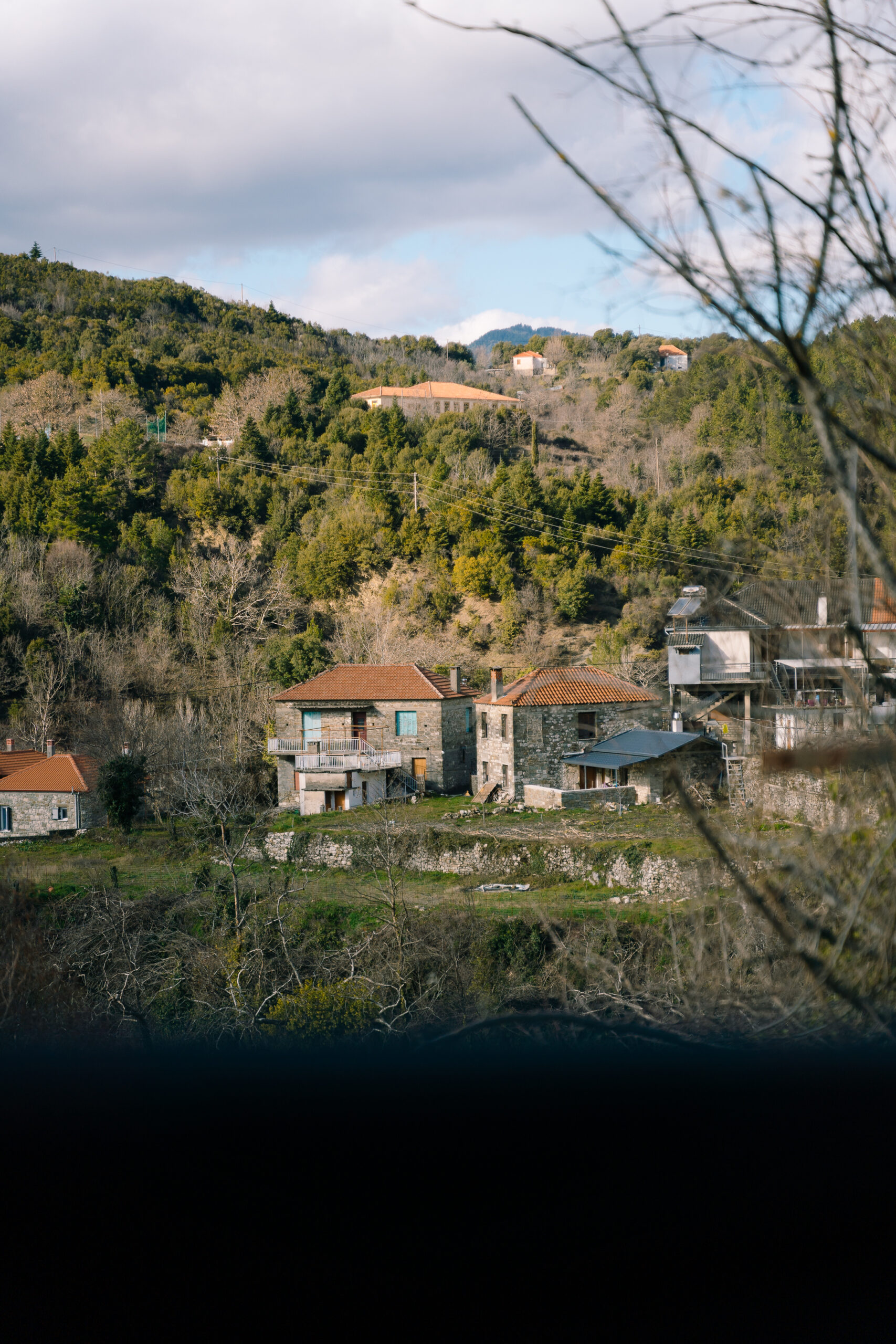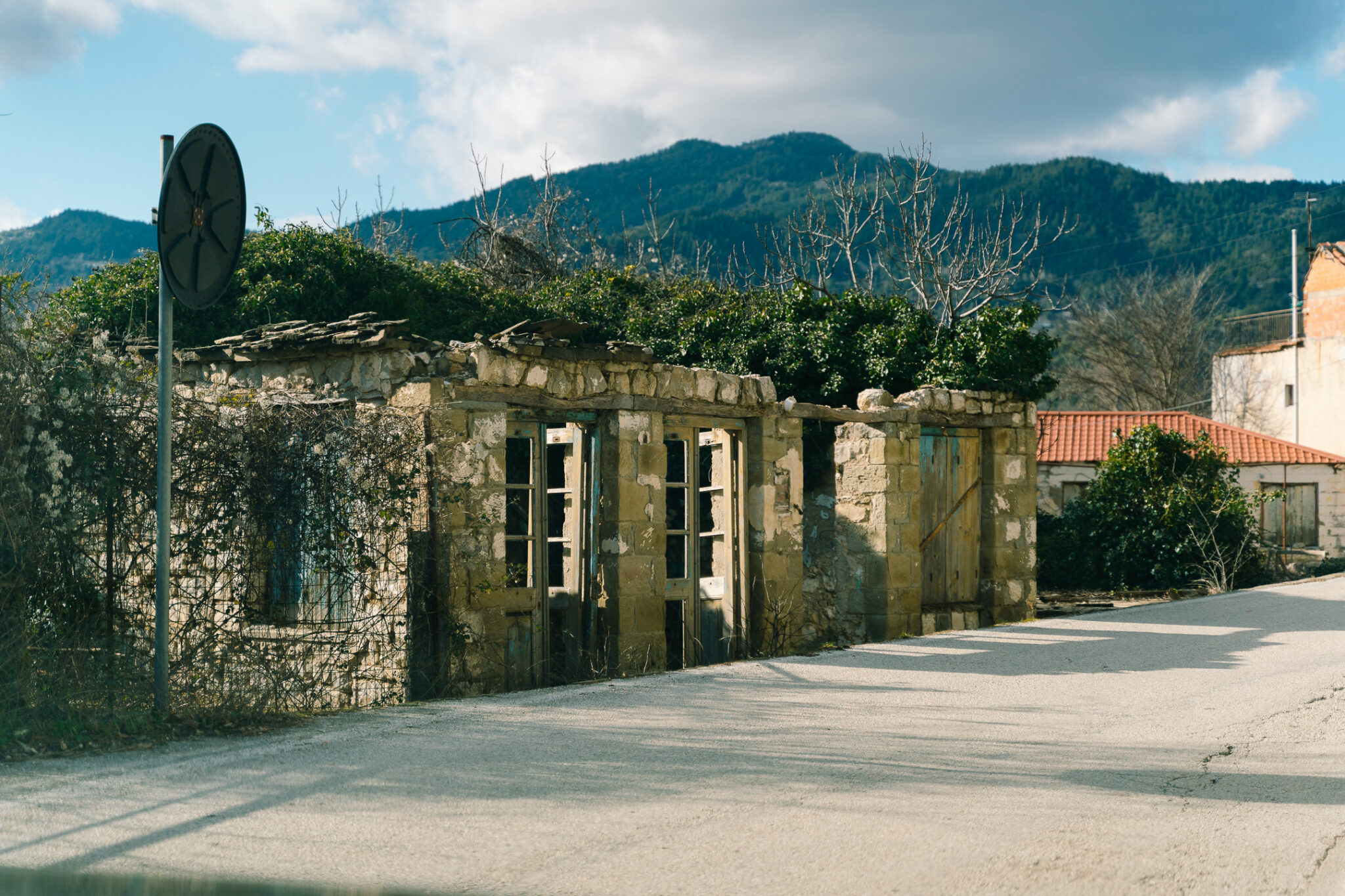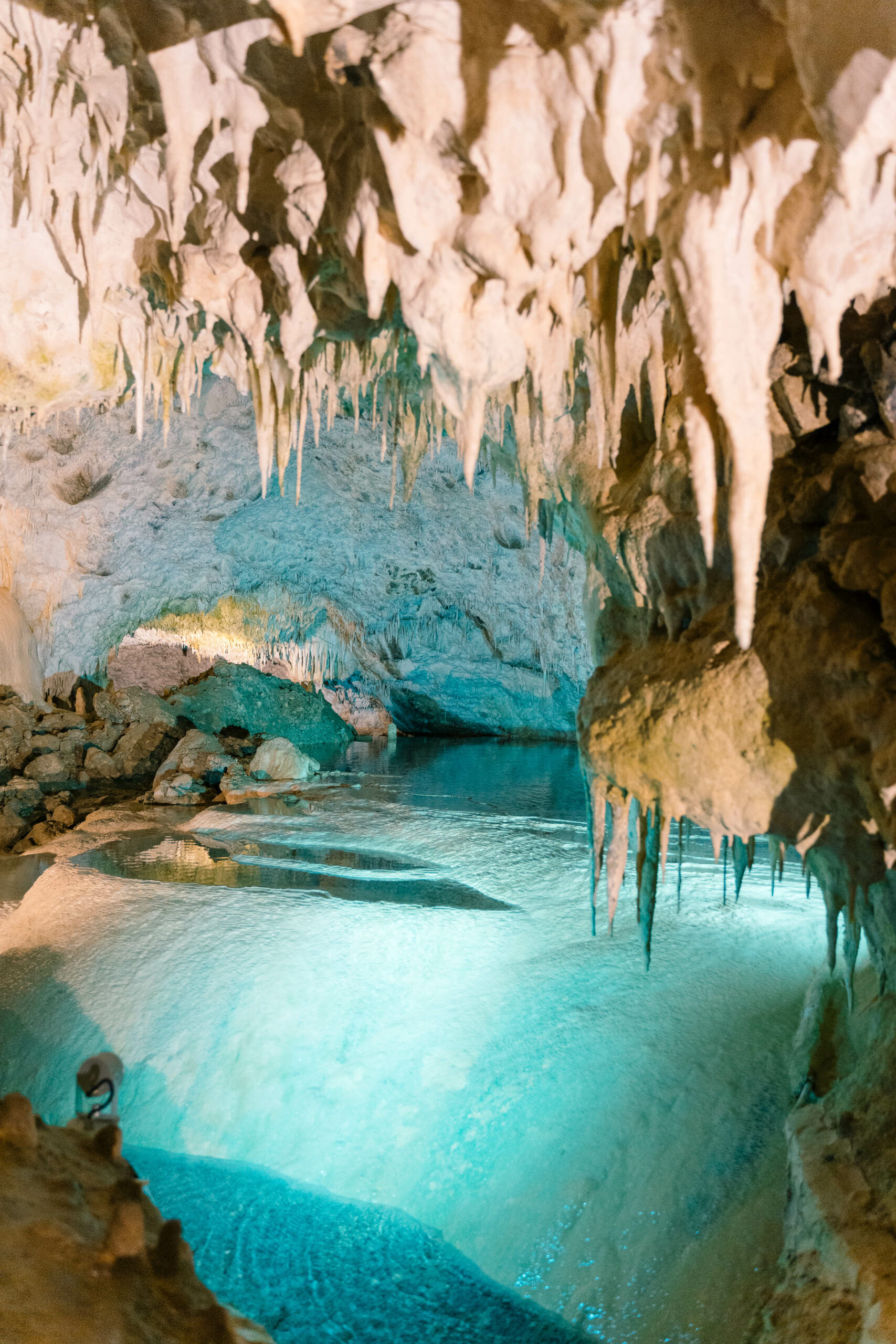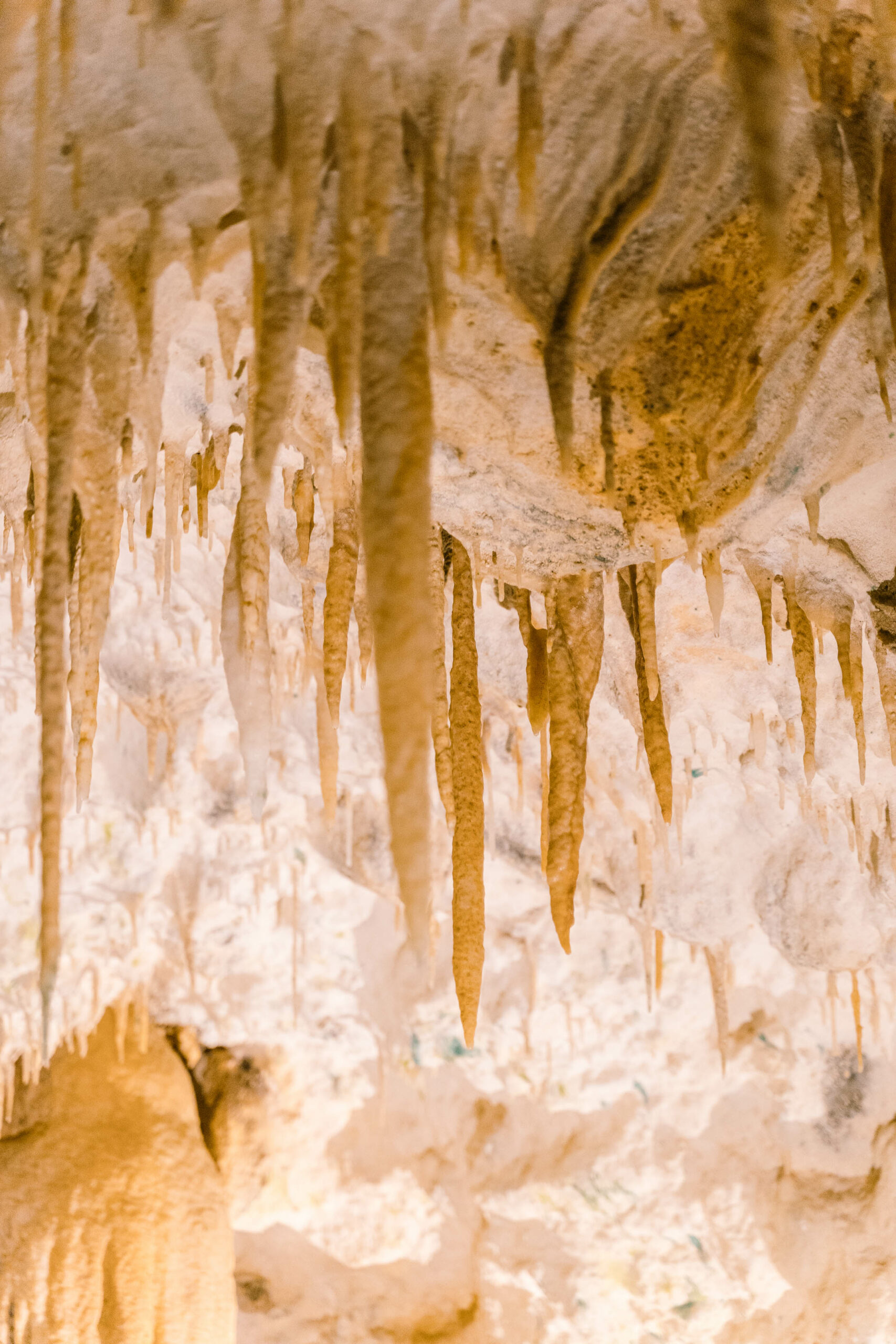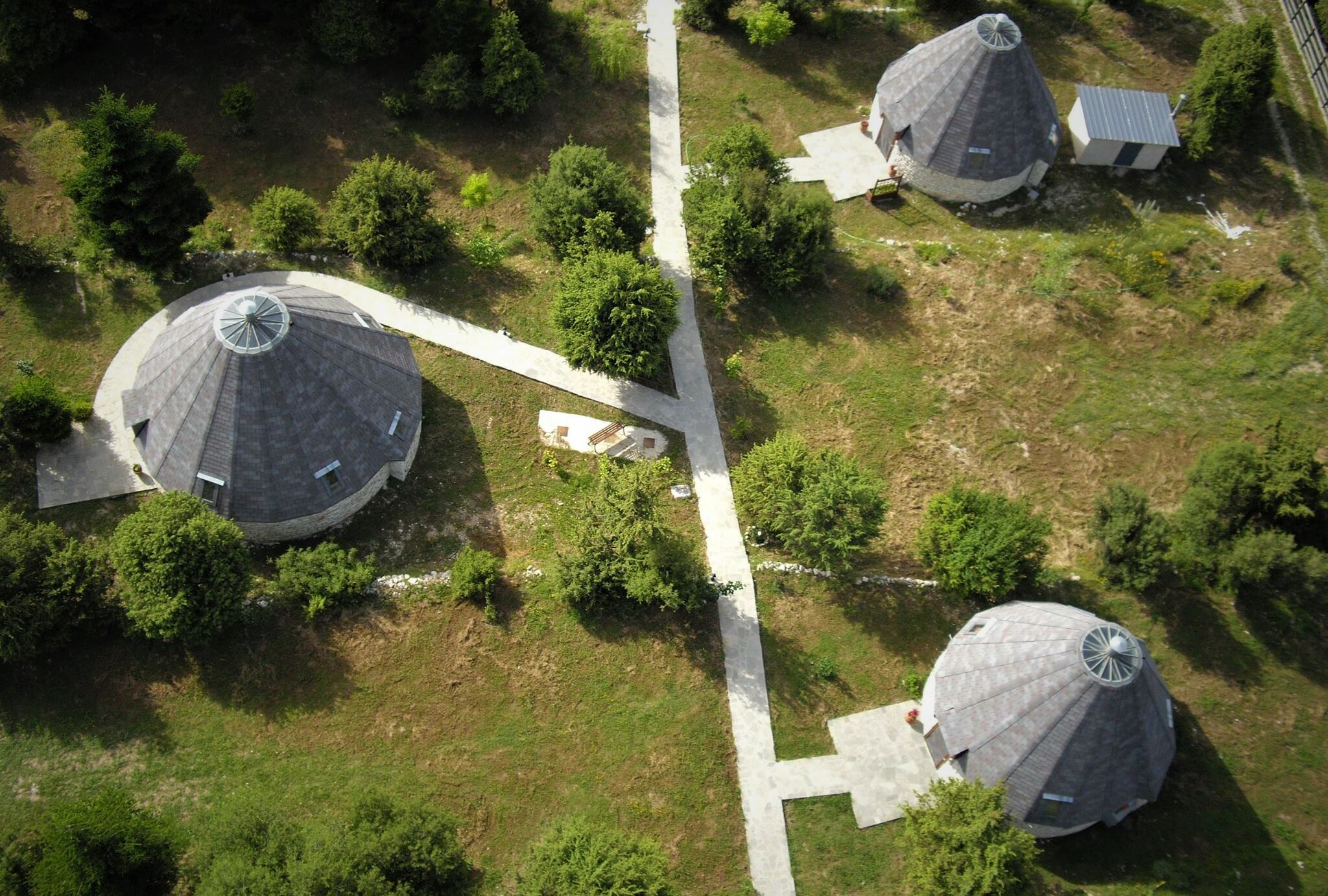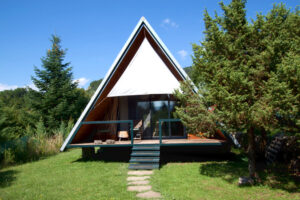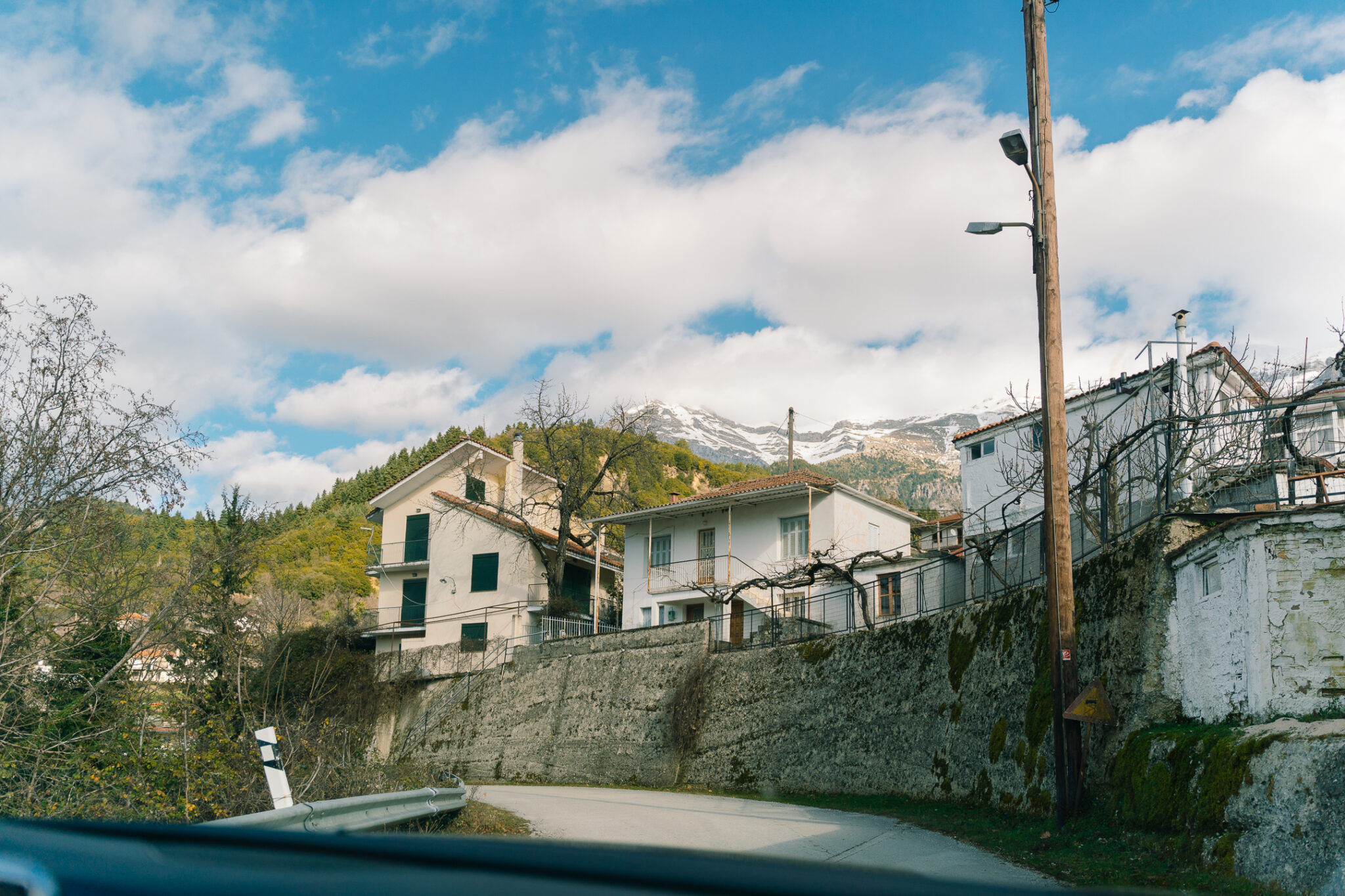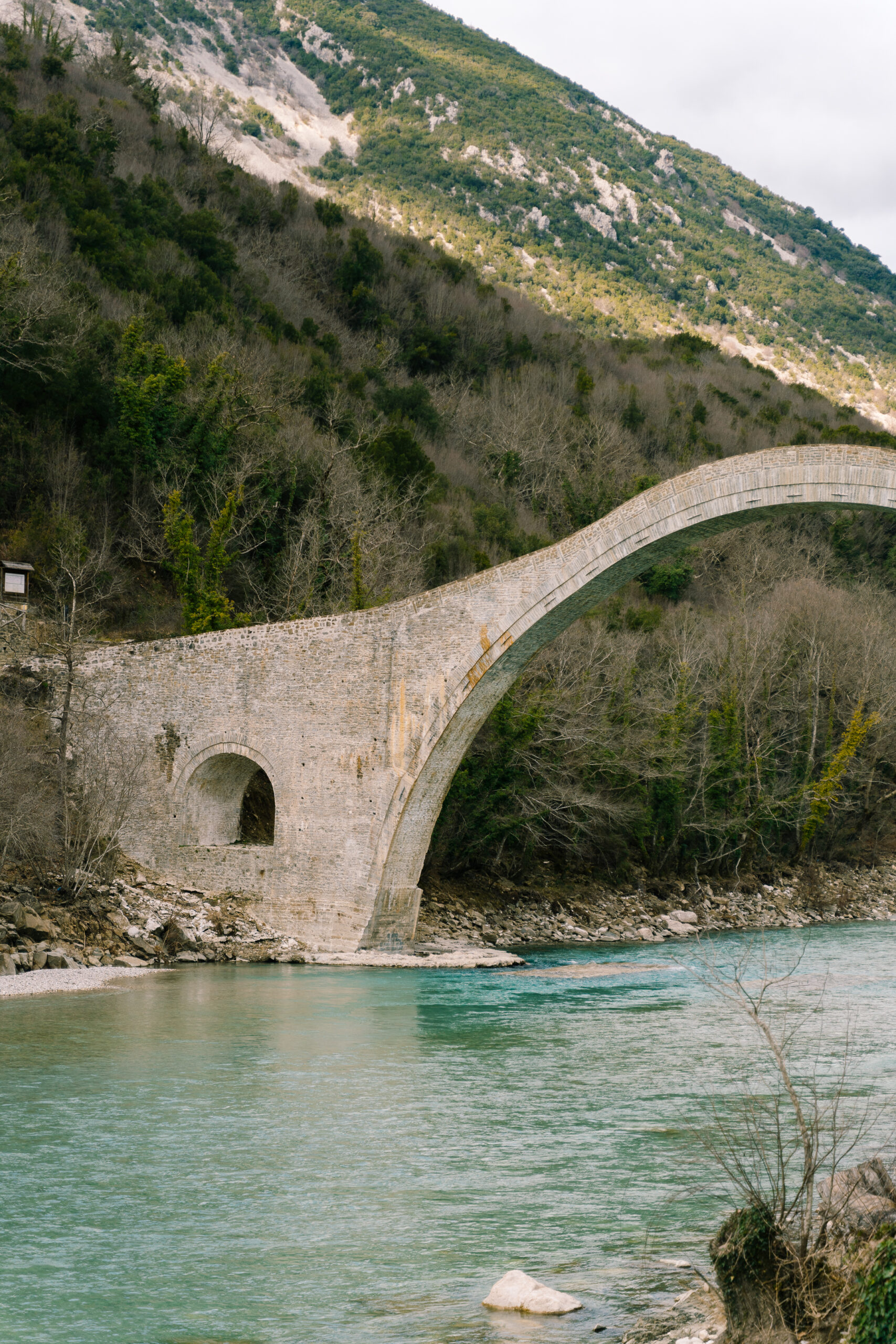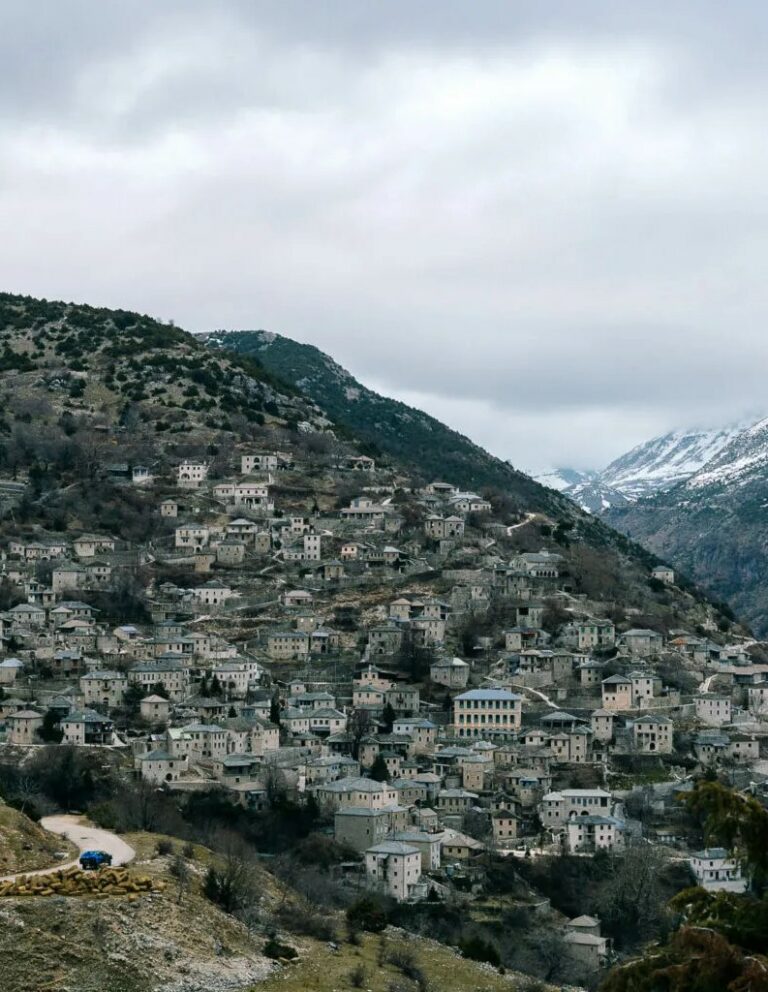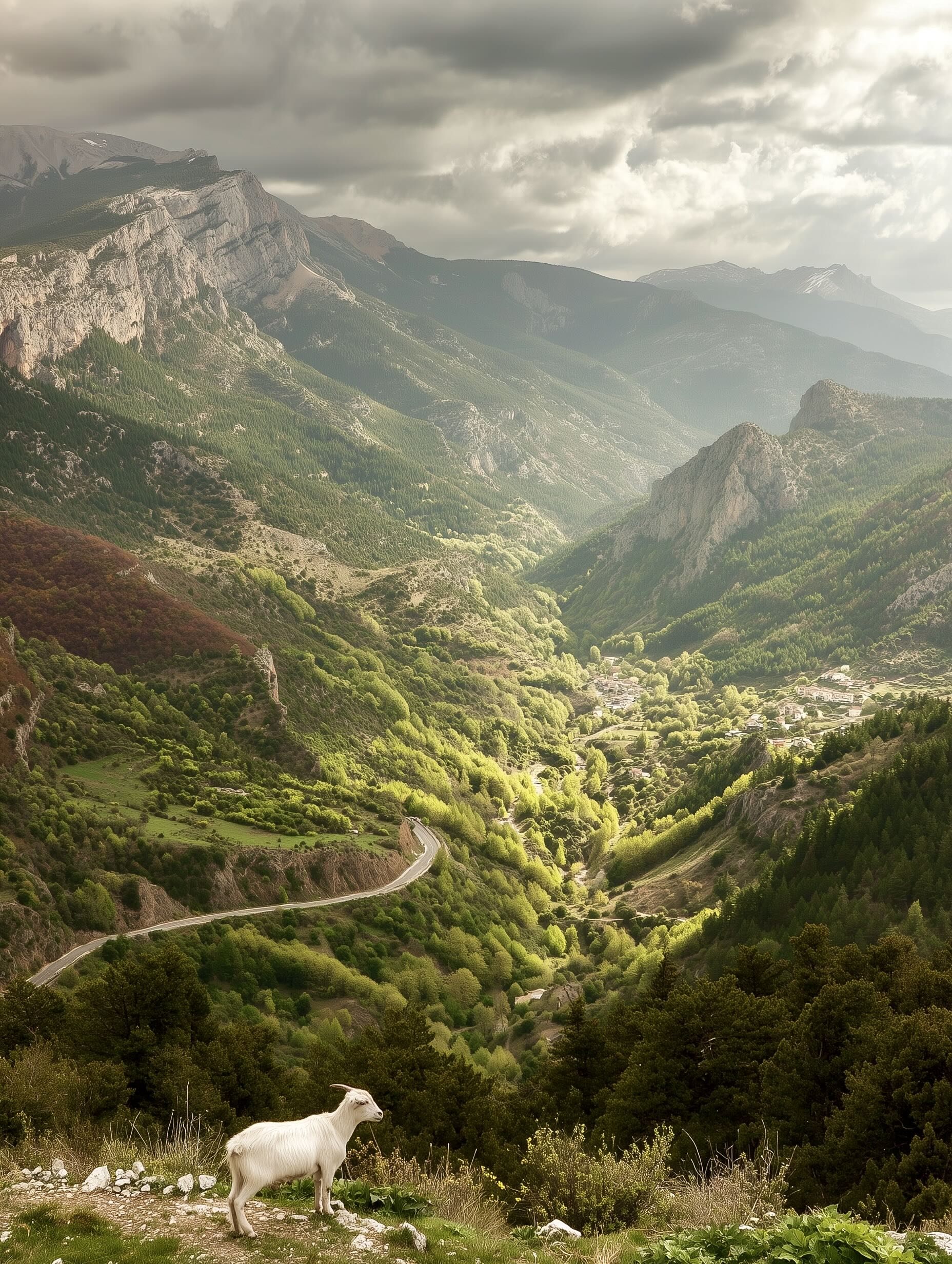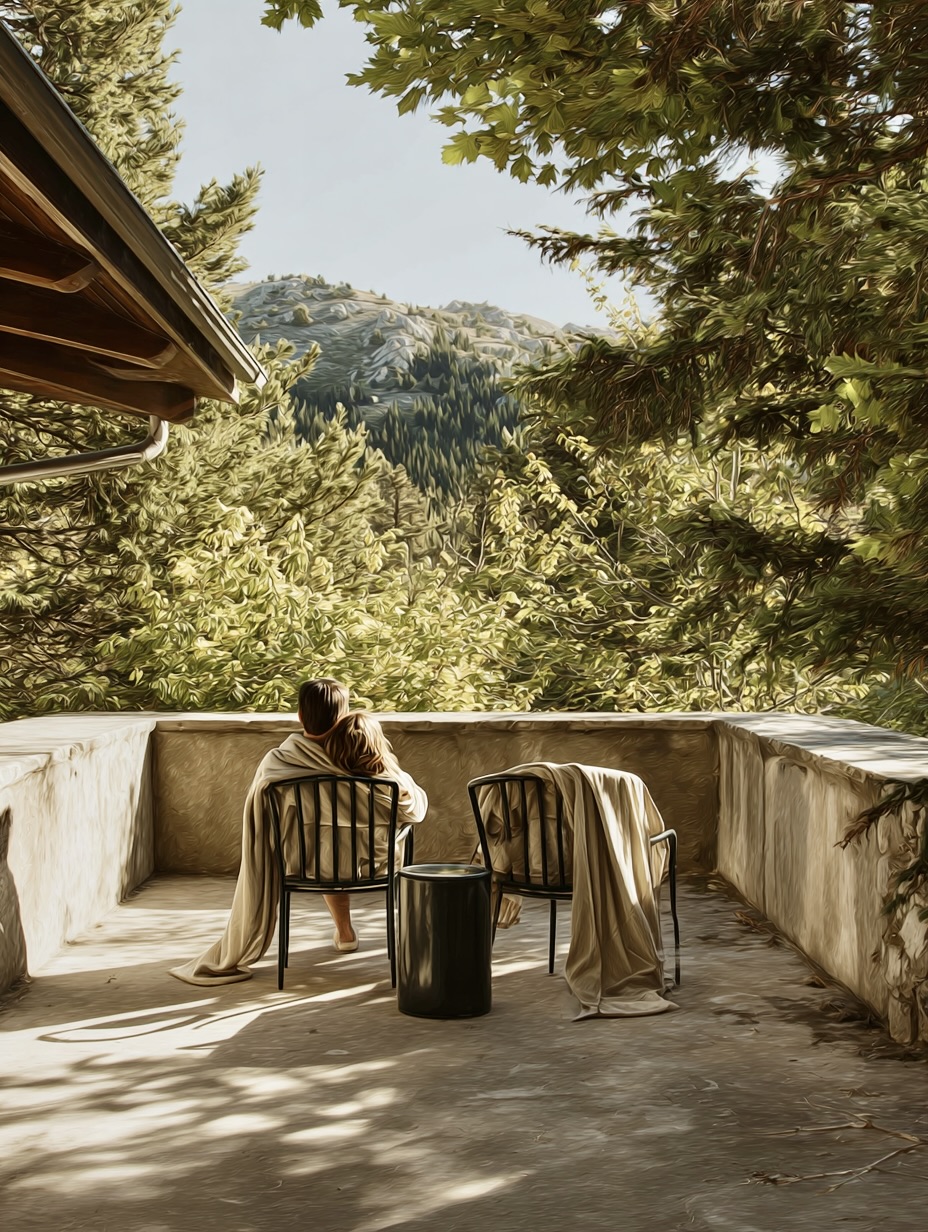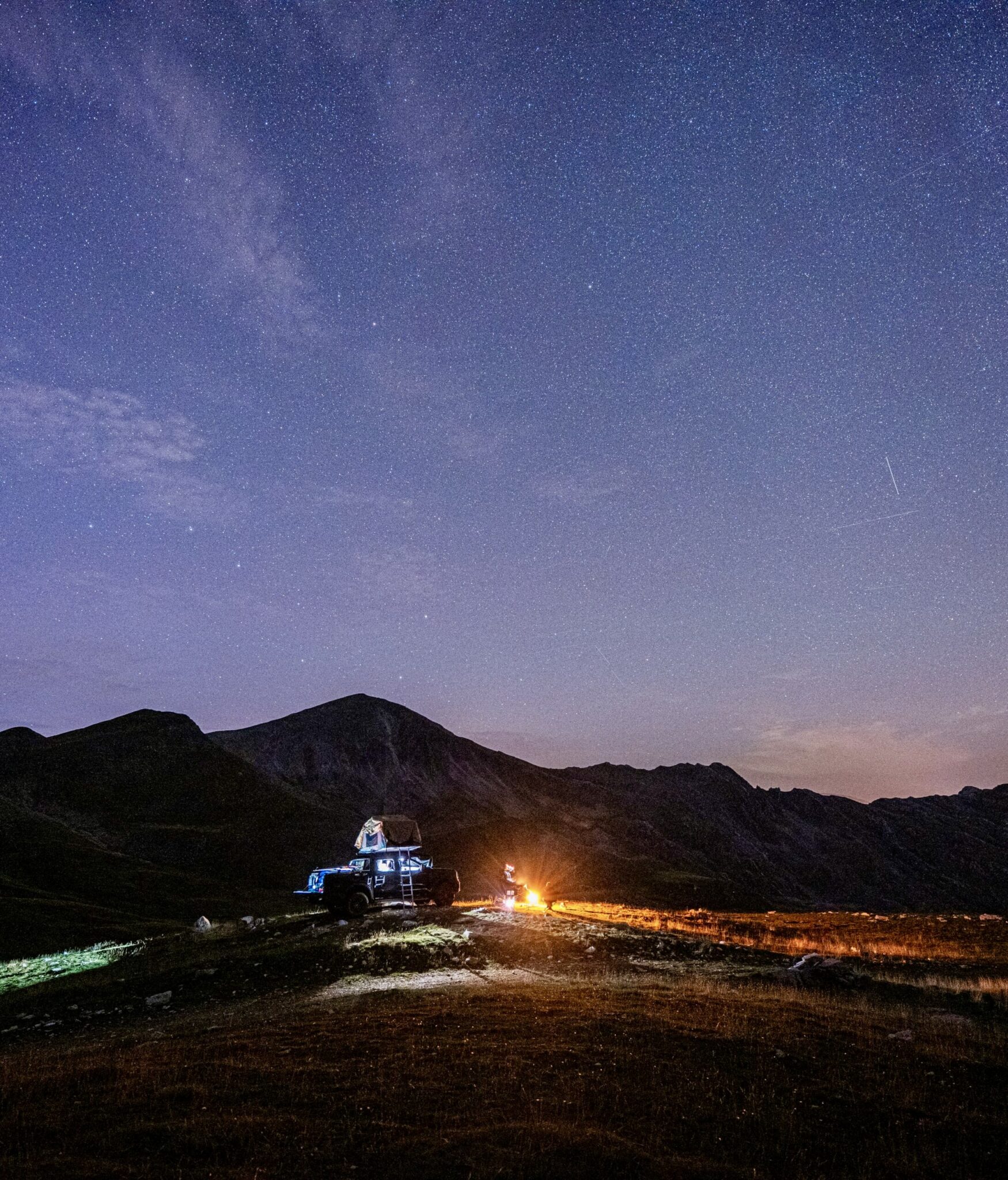Gone are the days when the Tzoumerka Mountains were considered an unexplored destination. The construction of highways like the Ionian Odos (road) and information available on the Internet have contributed to a moderate touristic development. Yet, even so, here you’ll find villages that genuinely retain their traditional beauty, as challenging as that is in times of urban inclination and technological overdevelopment. One such village is Ktistades, located 700 metres high and six kilometres southwest of Pramanta, the central village of the Northern Tzoumerka region.
The village was formerly known as Kousovista, a name of Slavic origin likely translating to “Good View.” It acquired its current name in 1927, named after the many exceptional stone craftsmen who hailed from there, as “ktistis” means builder. A lot of these men went on to travel across the country to build houses and other buildings, but naturally, they also left their mark in their place of origin, with structures like the standout Church of Saint Nicholas. Although the village doesn’t buzz with its past life, the well-preserved church shows the great of those who live or originate from there.
Nearby, in the village’s central square, is a cultural centre housing the Folklore Museum, with exhibits donated by locals and a lending library. A little further away, you’ll find a stone fountain, a cafe, and a tavern. As in many mountain villages in Greece, there are very few inhabitants during the winter months, but in summer it brims with people relaxing in the coolness of two enormous plane trees in the square.
Just three kilometres from Ktistades, is one of the most renowned attractions in Tzoumerka, the Anemotrypa Cave. At an altitude of 900 metres, its interior unfurls nature’s beauty in a dream-like setting. The cave has three levels, with the Arachthos River flowing through it. The sound of the river accompanies you along the accessible 250-metre path on the middle level. The upper level has largely collapsed, and the third level is the riverbed itself, where you’ll see a roughly two-metre-high waterfall. As you traverse the cave, you’ll encounter stunning geological formations and lakes in shades of pink, white, and grey. The colours of the rocks reflect beautifully on the waters, complemented by massive boulders and stalactites, all sculpted by water over millions of years, like a testament to nature’s ability to surpass even the most talented architect.
Exceptional and Unique Accommodations
Though small, Ktistades is fortunate to be home to some of the most unique accommodations in mountainous Greece. The Tzoumerka Chalet Kalivas (Phone: 6930 797829) is a triangular-shaped lodging with cosy wooden cladding, perfect for couples, families or a small group looking to spend time in a pristine natural setting. It’s no surprise that Airbnb describes it as a hidden gem. On the other hand, Theasis Igloo offers accommodations designed on the principles of eco-dynamics, sourced from the abundance of local materials like stone and wood.
The dwellings feature glass roofs providing views of the starry sky in an area with zero light pollution. A ten-inch Skywatcher telescope is available to enhance your moon and star gazing experience.
Tips and Information for a Trip to Ktistades
Ktistades is 419 kilometres from Athens, 319 kilometres from Thessaloniki, and 65 kilometres from Arta.
In our opinion, the best time to visit Tzoumerka is in spring and early autumn. However, each season has its beauty.
In spring and summer, it’s advisable to visit Tzoumerka with a four-wheel drive car, as the area is great for off-roading.
Tzoumerka is also ideal for activities like rafting, canoeing, hiking, and mountain biking.
Apart from the Anemotrypa Cave, other attractions worth visiting include the Kipina Monastery, the Plaka Bridge, and the ‘twin’ Vlach villages of Syrrako and Kalarrites. You can read more about these and many other things to see and do in Tzoumerka here.
Read also:
Discovering the Pristine Beauty of Marathos Village
Limni: The Evia Town with a Cosmopolitan Aura



